VACUUM ELEVATORS
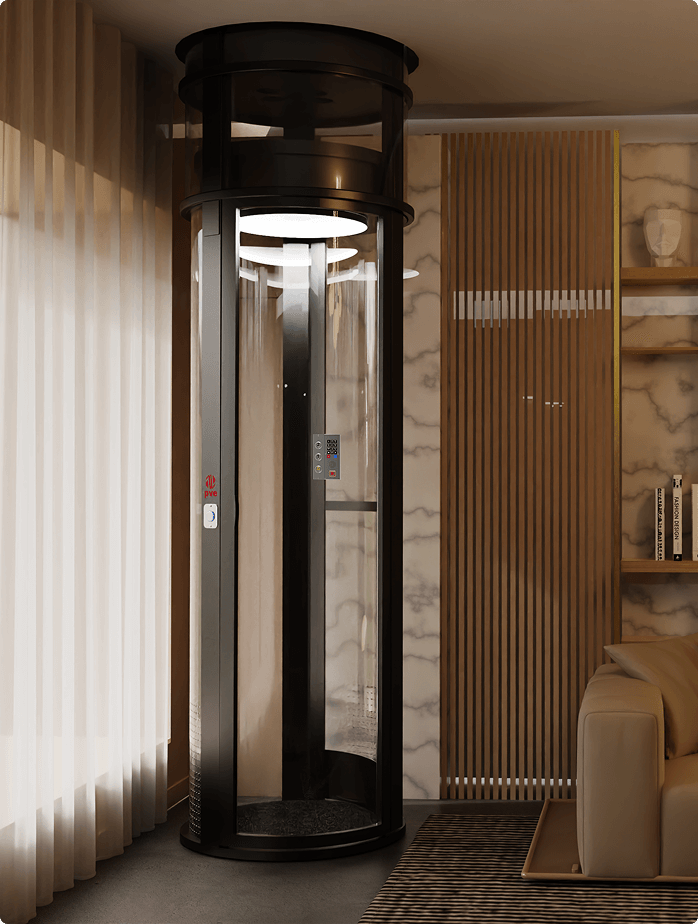
A home elevator is more than a lift
It’s the freedom to stay in the home you love, safely and comfortably.

As we age, the stairs that were once second nature can become daily challenges—or even hazards. Whether it’s aching joints, a recent fall, or simply the desire to stay in the home you love, a home elevator offers a solution that’s both practical and reassuring.
Designed to move you—and the things you carry—between floors with ease, a residential elevator brings peace of mind, long-term comfort, and continued independence.
Today’s lifts are sleek, compact, and customizable. Whether you’re building a new or updating an older home, our elevators fit effortlessly into your space without the need for bulky shafts or machine rooms.
Today’s lifts are sleek, compact, and customizable. Whether you’re building a new or updating an older home, our elevators fit effortlessly into your space without the need for bulky shafts or machine rooms.
In-Home Elevator Options for Unlimited Mobility
Hydraulic Elevators
Shaftless Elevators
Cable-Driven Elevators
Pneumatic Elevators
Benefits of Installing a Residential Elevator
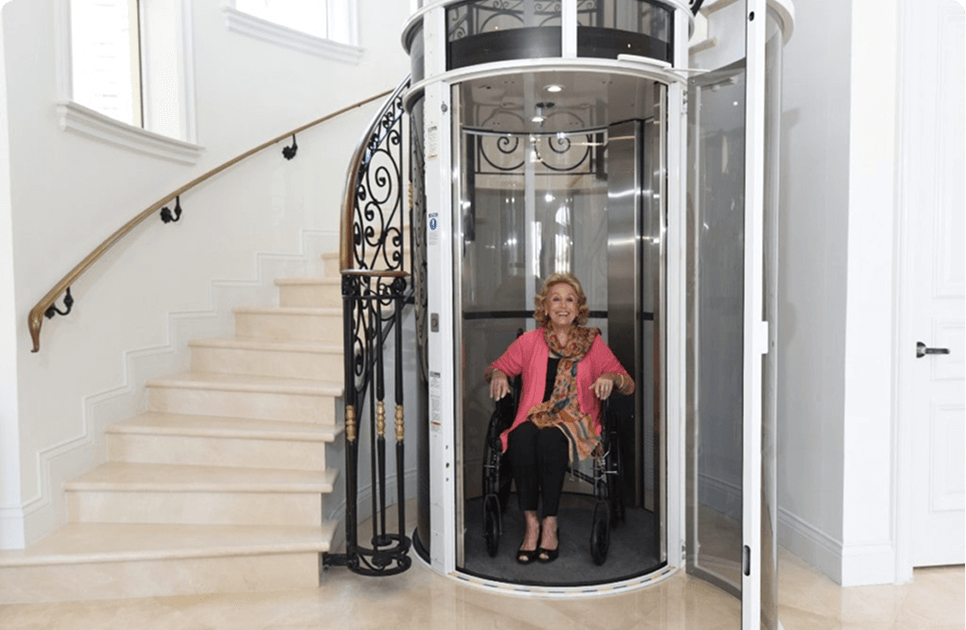
Enhanced Accessibility
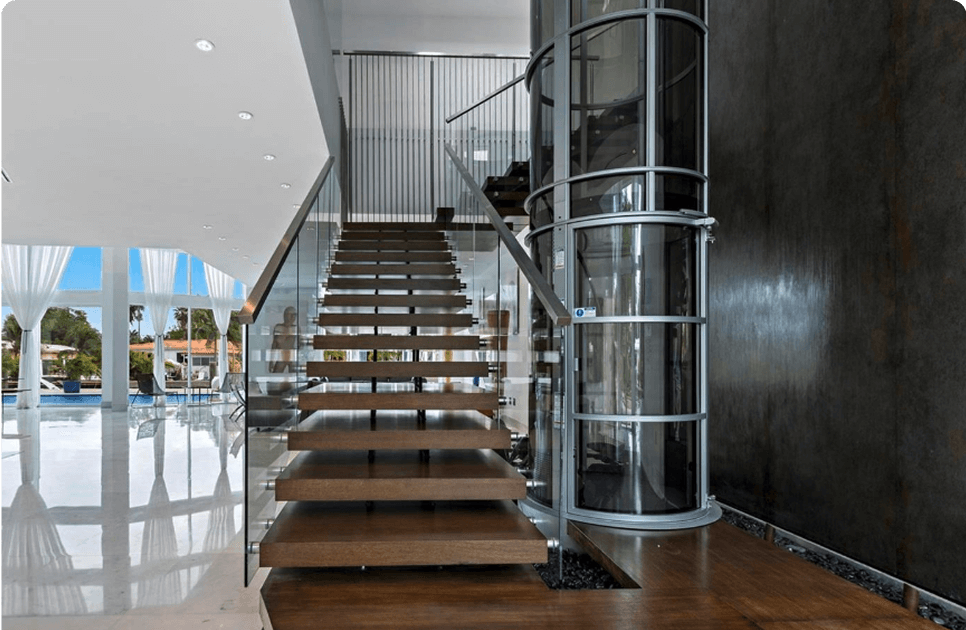
Improved Safety & Independence
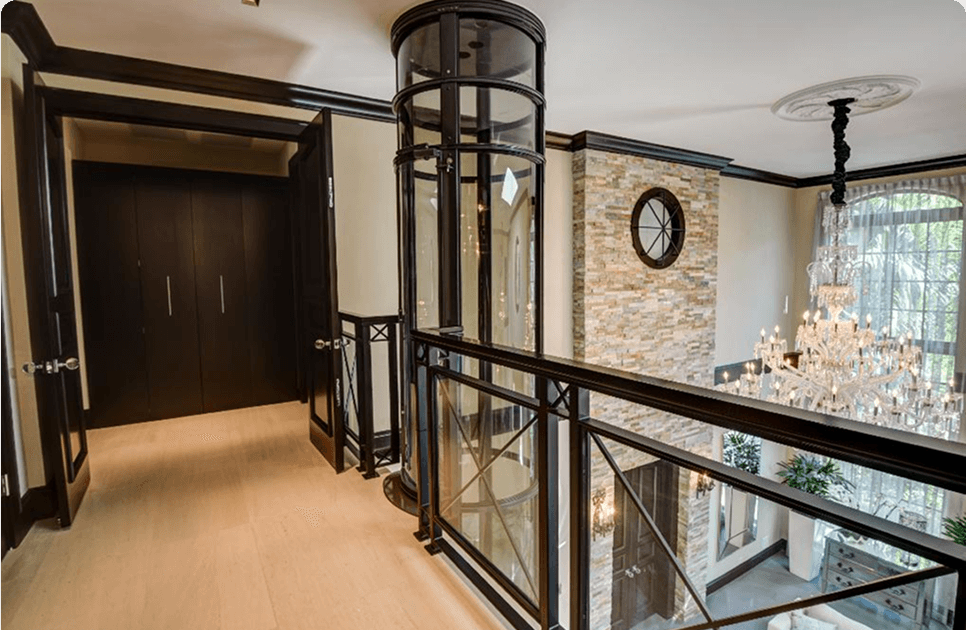
Convenience for Everyday Living
Benefits of Installing a Residential Elevator

Enhanced Accessibility

Improved Safety & Independence

Convenience for Everyday Living
4 Models To
Choose From
Are you in need of a small single passenger elevator? Maybe a wider wheelchair accessible lift? PVE home lifts are designed to meet all homeowner needs! Learn more about all 4 models of our residential elevators below:
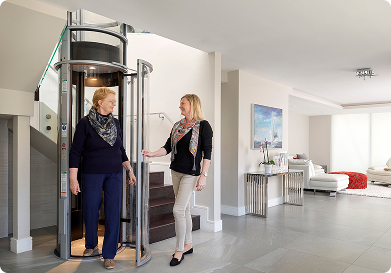
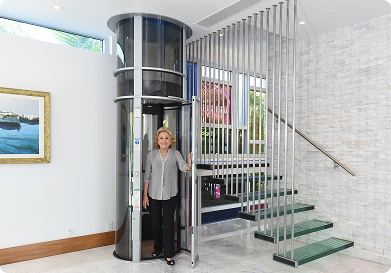

PVE52
Passengers
Supported Weight
525 lbs
External Diameter
52” 16/11 (1316MM)
Wheelchair Accessible?
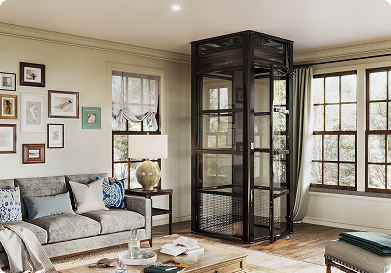
compare
all features
Number of Passengers
Supported Weight
External Diameter
Wheelchair Accessible?
How Much Does a Home Elevator Cost?
How Much
Does a Home Elevator Cost?
Every home—and every homeowner—has different needs. Costs depend on your layout, number of floors, and design preferences.
Many of our customers assume a home elevator will be complicated or costly. But once they speak with our team, they’re often surprised by how straightforward—and affordable—the process can be.
At PVE, we keep it simple: no hidden fees, no heavy construction—just smart,
space-saving design that fits your home and your budget.
Initial Costs vs.
Long-Term Maintenance
Your initial investment includes the elevator system itself, installation, and any prep work needed for your home. But unlike traditional elevators, PVE’s air-powered lifts are designed with fewer parts, no hydraulic oil, and no machine room—meaning fewer service calls and less upkeep over time.
Factors That Affect Pricing
A few things can shape the final cost: how many stops you need, the size of your lift, the finishes you choose, and how your home is built. Some homes require more prep, while others are install-ready. Either way, our team will guide you through what’s essential and what’s optional.
Cost Comparison Table
When you connect with us, we’ll walk you through a clear, side-by-side breakdown of available options so you can make the best choice for your home—no pressure, just honest guidance.
Looking for a more economic option?
Looking for a more economical but beneficial package?
THE CUBE vs. STAIRLIFT
Why homeowners are choosing the smarter alternative.
The Cube
- Modern square design
- Enhances home aesthetics
- Full mobility between floors
- Minimal footprint
- Quick 1-2 day installation
- Air-powered technology
- Increases property value
Stairlift
- Bulky rail system
- Attached to staircase
- Limited to stair path
- Obstructs stairway
- Complex installation
- Mechanical components
- Minimal value addition
Looking for a more economic option?
Looking for a more economical but beneficial package?
THE CUBE vs. STAIRLIFT
Why homeowners are choosing the smarter alternative.
The Cube
- Modern square design
- Enhances home aesthetics
- Full mobility between floors
- Minimal footprint
- Quick 1-2 day installation
- Air-powered technology
- Increases property value
Stairlift
- Bulky rail system
- Attached to staircase
- Limited to stair path
- Obstructs stairway
- Complex installation
- Mechanical components
- Minimal value addition
Elevator Maintenance
& Safety
Low-Maintenance by Design
Built-In Safety Features
PVEs come with several built-in systems to ensure a safe, smooth ride—every time:
- Emergency Braking System: Automatically activates to bring the lift to a gentle stop if needed.
- Battery Backup Power: Keeps your elevator operational during power outages, so you’re never left stuck.
- Regular Safety Inspections: The vacuum system is fully enclosed, reducing external exposure and ensuring consistent pressure and operation.
With minimal maintenance needs and advanced safety tech, PVEs are a smart, low-stress choice for any home
Elevator Maintenance
& Safety
Low-Maintenance by Design
Built-In Safety Features
PVEs come with several built-in systems to ensure a safe, smooth ride—every time:
- Emergency Braking System: Automatically activates to bring the lift to a gentle stop if needed.
- Battery Backup Power: Keeps your elevator operational during power outages, so you’re never left stuck.
- Regular Safety Inspections: The vacuum system is fully enclosed, reducing external exposure and ensuring consistent pressure and operation.
With minimal maintenance needs and advanced safety tech, PVEs are a smart, low-stress choice for any home
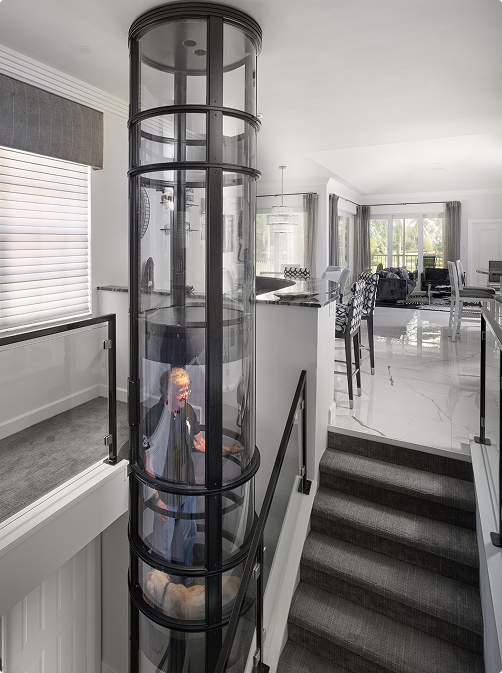
FAQs About
Home Elevators
How much does a home elevator cost?
The price range depends on type, size, and customization. Contact us for a free consultation to find the right fit for you and your home!
What type of home elevator is best?
It depends on your home layout, space, and budget. Pneumatic and shaftless elevators are ideal for compact spaces, while hydraulic and cable-driven models offer high weight capacity.
Do home lifts require a lot of maintenance?
Pneumatic and shaftless elevators require minimal maintenance, while hydraulic and cable-driven models need regular servicing.
Are residential elevators safe for elderly users?
Yes. All residential elevators include safety features such as braking systems, emergency power backups, and smooth ride technology to ensure safe use.
Can I get a residential elevator no matter where I live?
Yes! We install elevators worldwide. Whether you’re in a major city or a remote location, our team works with trusted partners across the globe to make sure your elevator is delivered and installed with care. No matter your address, we’ll help you bring seamless mobility home.
Why Choose PVE?
We’re not just building elevators.
We’re helping people stay in the homes they love.
4.8/5 Stars | Made in the USA
Space-saving technology meets everyday convenience
Air-Powered Innovation, Made in the USA.
Compact Designs, Big Impact.
Installed Fast. Built to Last.
Trusted Worldwide. Loved by
Homeowners.
Stay Informed.
Elevate Your Inbox.
Subscribe to the PVE newsletter and get updates delivered straight to your inbox.
As Seen On





testimonials



Contact Us
4151 West 108th Street Suite # 1 Hialeah, FL 33018
(813) 548-4339
support@vacuumelevators.com
Monday – Friday | 08:00AM EST – 05:00PM EST

